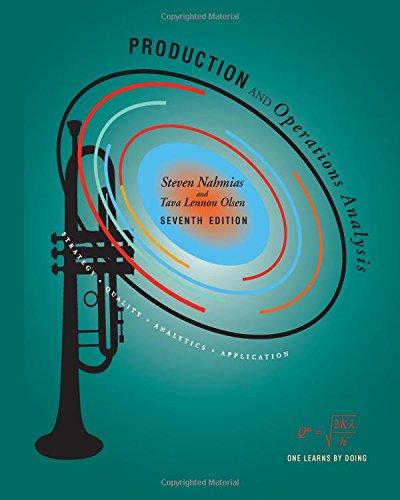Question
Exercise 1: Calculate the following for each asset (in Excel, using the statistical functions given in parentheses ): average return (AVERAGE) , st andard deviation
Exercise 1:
Calculate the following for each asset (in Excel, using the statistical functions given in parentheses): average return(AVERAGE), standard deviation of returns (STDEV.S), and variance of returns (VAR.S). What is the covariance (COVAR.S)and correlation (CORREL) between the returns of stock 1 and stock 2?
Exercise 2:
Calculate the return and standard deviation of a portfolio that holds these two stocks in the following weights: 0%-100%;10%-90%; 20%-80%; 30%-70%; 40%-60%; 50%-50%; 60%-40%; 70%-30%; 80%-20%; 90%-10%, 100%-0%. Plot these portfolio return / standard deviation combinations. Make sure return is on the vertical axis and standard deviation is on the horizontal axis. (Important: use a scatterplot) (You may use excel for this part)
Step by Step Solution
There are 3 Steps involved in it
Step: 1

Get Instant Access to Expert-Tailored Solutions
See step-by-step solutions with expert insights and AI powered tools for academic success
Step: 2

Step: 3

Ace Your Homework with AI
Get the answers you need in no time with our AI-driven, step-by-step assistance
Get Started


